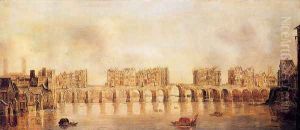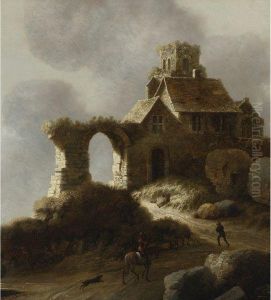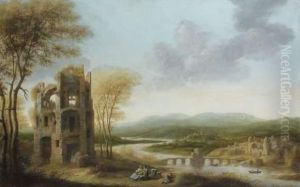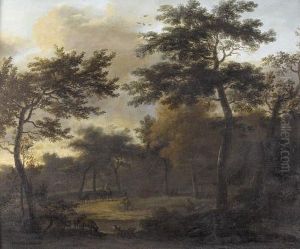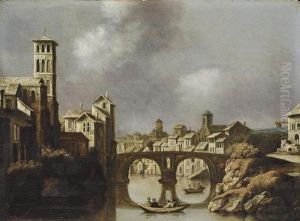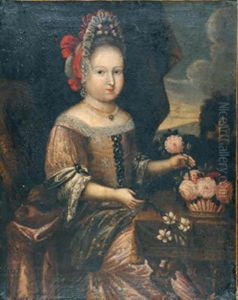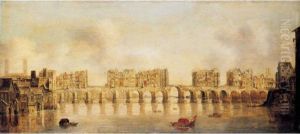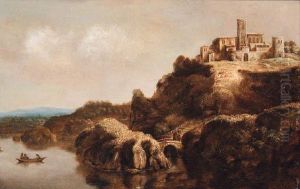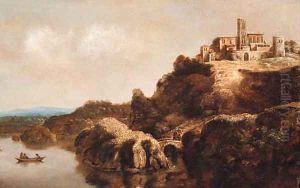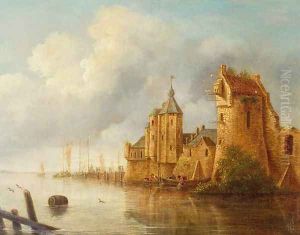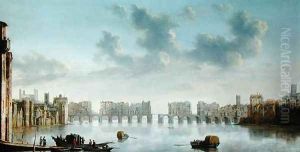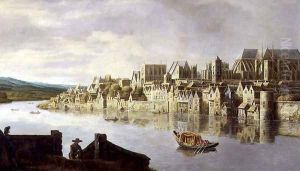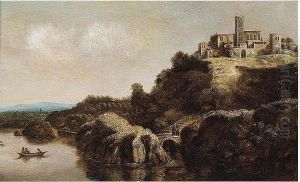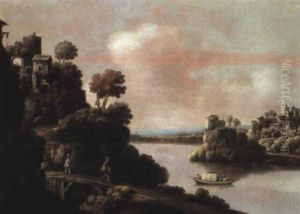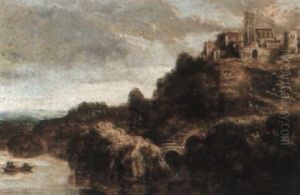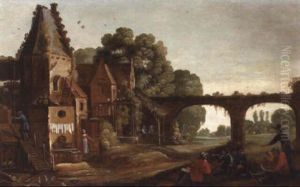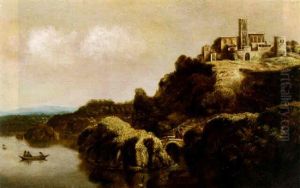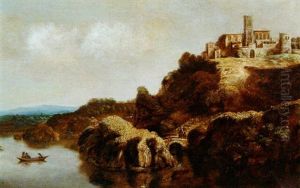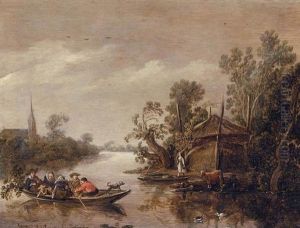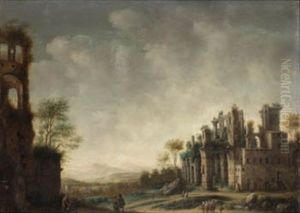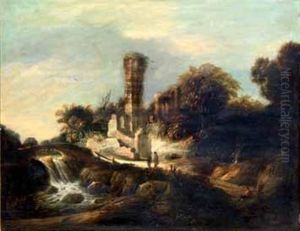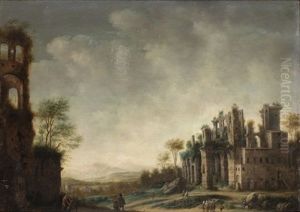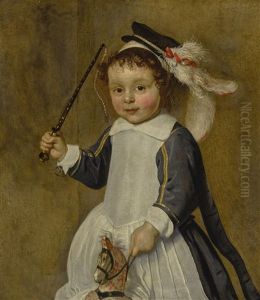Claude De Jongh Paintings
Claude De Jongh was a Dutch Golden Age landscape painter, whose works are distinguished by their serene depiction of landscapes, often enriched with architectural elements and vibrant human activities. Born in Utrecht around 1605 or 1606, De Jongh's early life is not well-documented, but it is known that he became an active artist in the early 17th century. He was influenced by the landscape painters of his time, and his works often reflect a harmonious blend of natural beauty and human presence.
De Jongh's landscapes are notable for their detailed portrayal of nature, combined with a masterful use of light and shadow, which helps to create a sense of depth and realism. His paintings often feature rivers, bridges, and rural villages, populated with figures engaging in daily activities, which adds a lively and human element to his serene landscapes. This approach made him a prominent figure among the landscape artists of the Dutch Golden Age, a period known for its remarkable achievements in art, science, and trade.
Throughout his career, Claude De Jongh was active in Utrecht, but his works found their way into collections across Europe, reflecting his reputation beyond his native Netherlands. Despite his success, little is known about his personal life or his artistic training. It is presumed that he was part of the vibrant artistic community in Utrecht, which was home to many artists who were instrumental in the development of Dutch landscape painting.
De Jongh's contribution to art history lies not only in his beautiful landscapes but also in his ability to capture the essence of the Dutch countryside and the lives of its people during the 17th century. His works continue to be appreciated for their beauty, historical value, and the insight they provide into the Dutch Golden Age.
Claude De Jongh passed away in 1663, leaving behind a legacy of art that continues to be celebrated and studied for its contribution to the Dutch landscape genre. His paintings are preserved in various museums and collections worldwide, serving as a testament to his skill and vision as an artist.
